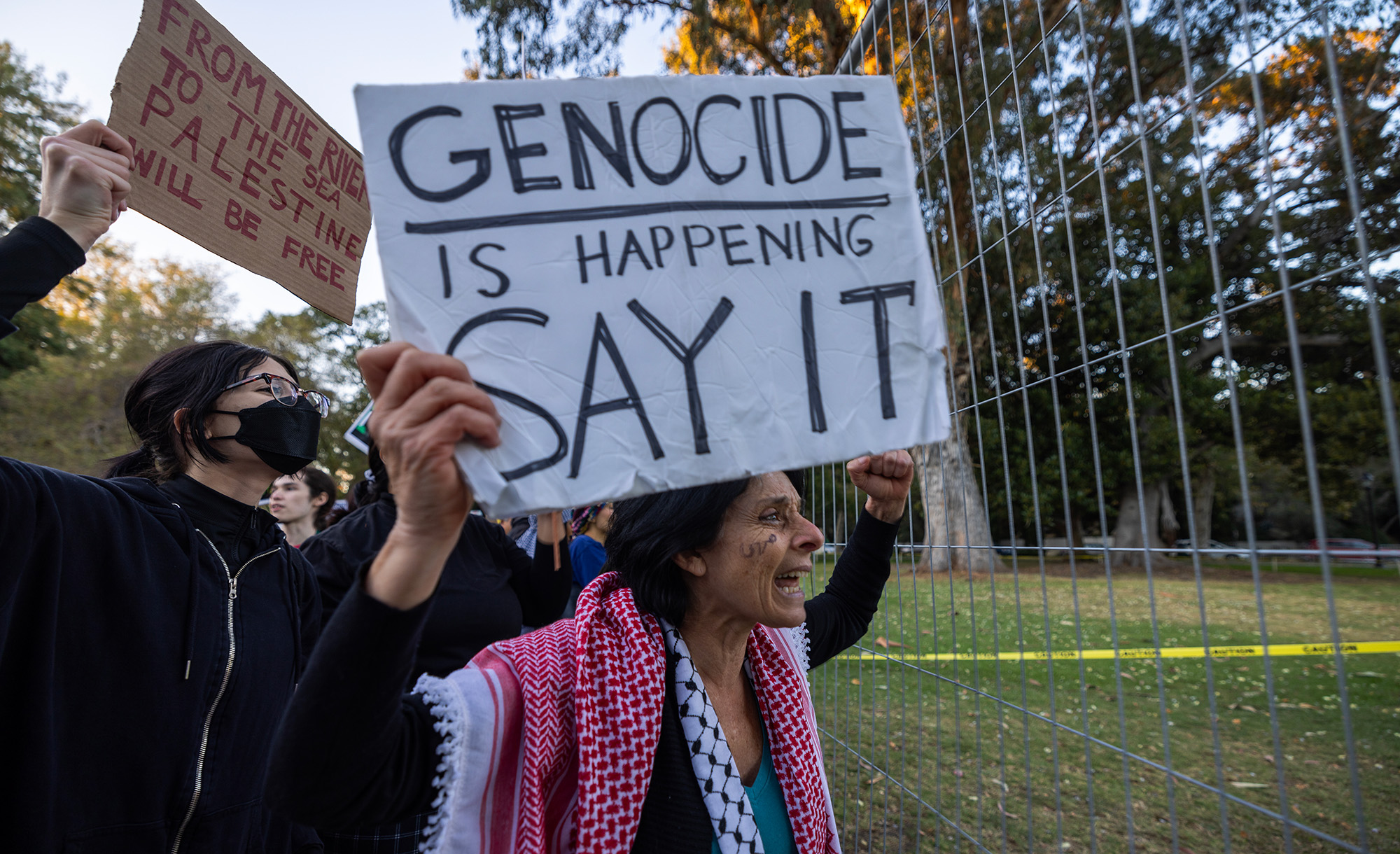On January 13, after the mass demonstrations in which millions waved tri-colored flags and chanted the Marseillaise, a poll found 87 percent of the French saying they were “feeling proud” of being French. Yet, writes Michel Gurfinkiel, “near unanimity is not unanimity.”
What soon became apparent was that only the Old French (the culturally European and Judeo-Christian French) took part in the vigils and marches and were delighted to be together, whereas most New French (the culturally non-European and non-Judeo-Christian immigrant communities) stood aside.
Most imams issued perfunctory condemnation of terrorism, but were clearly unenthusiastic about Charlie Hebdo’s right to make fun of [Islam]. Even more ominously, one-minute-of-silence ceremonies at school were met with hostility and scorn by Muslim children and teenagers from third grade to high school. . . . Many people or groups associated with Charlie Hebdo were threatened on the Internet. In the Lyons area, a Jewish jeweler’s shop was vandalized.
In other words, the ethnic and religious polarization that has befallen France over the past years is growing into an ever more explicit conflict. And this is no small business.
More about: Charlie Hebdo, European Islam, France, French Jewry, Politics & Foreign Affairs, Western civilization


